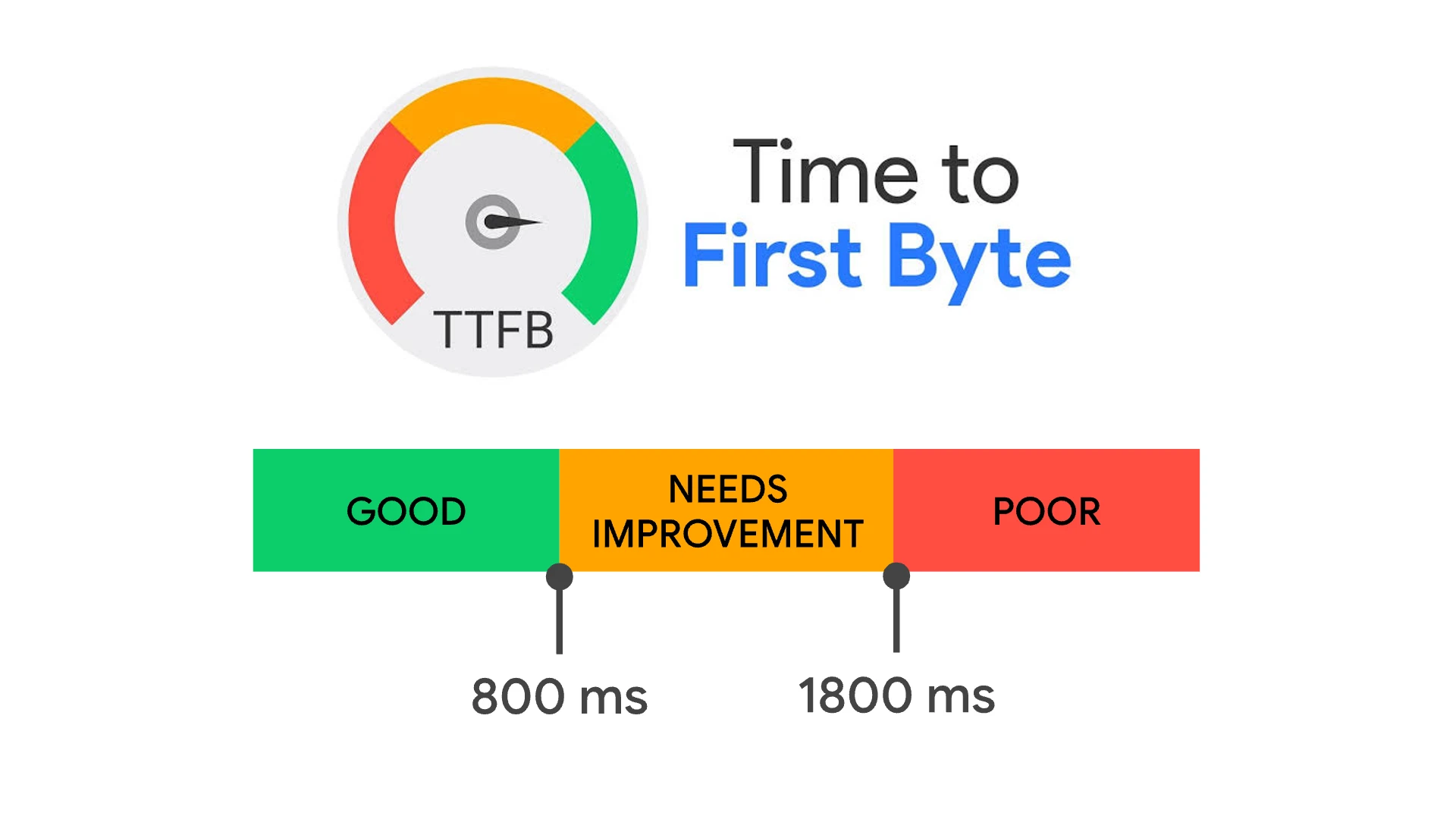Maximizing Website Performance: Understanding and Improving Time to First Byte (TTFB)

Overview
In today's fast-paced digital landscape, website performance is paramount. Users expect instant access to information, and any delay can result in frustration and abandonment. One crucial metric in determining website performance is Time to First Byte (TTFB). Understanding TTFB and implementing strategies to improve it can significantly enhance user experience and ultimately boost your website's success.
What is TTFB?
Time to First Byte (TTFB) refers to the time taken by a browser to receive the first byte of data from the server. It is a critical indicator of how quickly a website responds to a user's request. A low TTFB value indicates a fast server response, resulting in quicker page load times and a better overall user experience.
Importance of TTFB
TTFB matters because it directly impacts user experience and indirectly influences various web performance metrics, including Web Vitals Scores. A high TTFB can lead to delays in page rendering, causing users to wait unnecessarily and potentially abandon the website. Therefore, optimizing TTFB is essential for ensuring swift and seamless browsing experiences.
Strategies to Improve TTFB
Several strategies can be employed to optimize TTFB and enhance website performance:
- Utilize Content Delivery Networks (CDNs): CDNs distribute website content across multiple servers worldwide, reducing the physical distance between the server and the user. This proximity minimizes latency and lowers TTFB, resulting in faster page loads.
- Optimize Backend Code and Database Performance: Efficient coding practices and database optimization can significantly reduce server processing time, leading to faster TTFB. Streamlining queries, minimizing database calls, and implementing caching mechanisms are effective techniques for improving backend performance.
- Implement Memory Caching: Memory caching stores frequently accessed data in RAM, enabling faster retrieval and reducing the need to fetch information from disk storage. By caching commonly requested resources, TTFB can be significantly reduced, resulting in faster website loading times.
- Choose a Reliable Hosting Provider: Selecting a hosting provider with robust infrastructure and ample resources is crucial for ensuring low TTFB. Opt for providers that offer high-performance servers, SSD storage, and optimized network connectivity to deliver fast and reliable response times.
Achieving Low TTFB Worldwide
For websites with a global audience, achieving low TTFB across various geographical locations is essential. This can be accomplished by:
- Utilizing a CDN: Leveraging a CDN with edge servers strategically located around the world ensures that content is delivered quickly to users regardless of their location.
- Deploying Multiple Servers: Distributing servers across different regions and utilizing a load balancer to route traffic to the nearest server helps minimize latency and optimize TTFB for users worldwide.
Recommended CDN Providers
When selecting a CDN provider, consider reputable options such as Cloudflare, BunnyCDN, CloudFront, Fastly, Akamai, and KeyCDN. These providers offer extensive network coverage, advanced caching capabilities, and robust performance enhancements to optimize TTFB and improve overall website speed.
Conclusion
In conclusion, Time to First Byte (TTFB) plays a crucial role in determining website performance and user experience. By understanding TTFB and implementing strategies to optimize it, website owners can deliver faster page load times, reduce bounce rates, and enhance overall user satisfaction. From utilizing CDNs to optimizing backend infrastructure, investing in TTFB optimization yields significant benefits and ensures a competitive edge in today's digital landscape.

